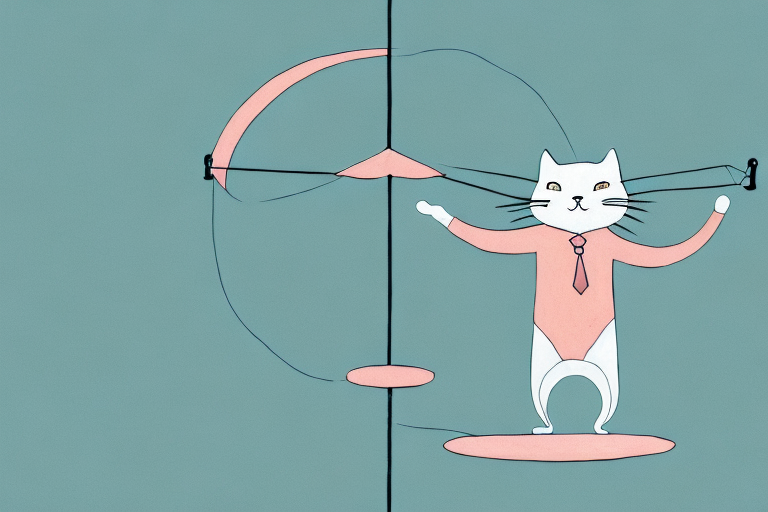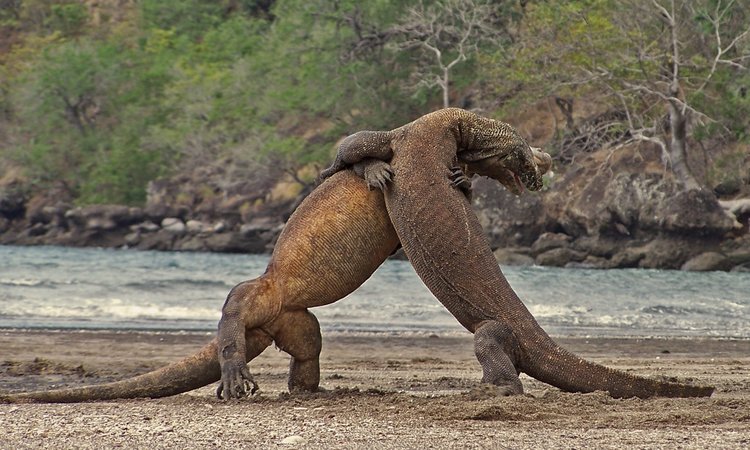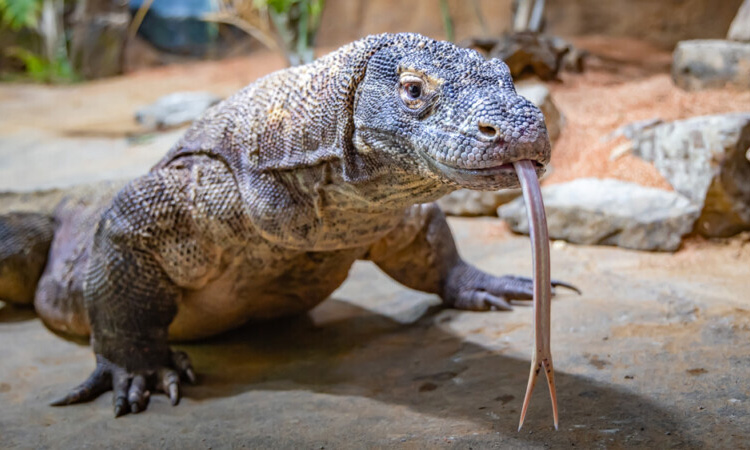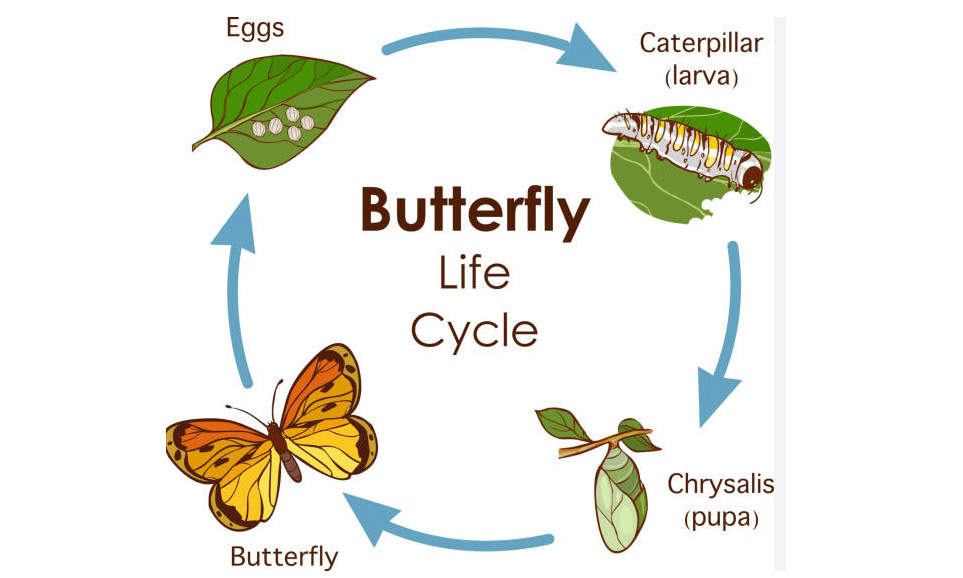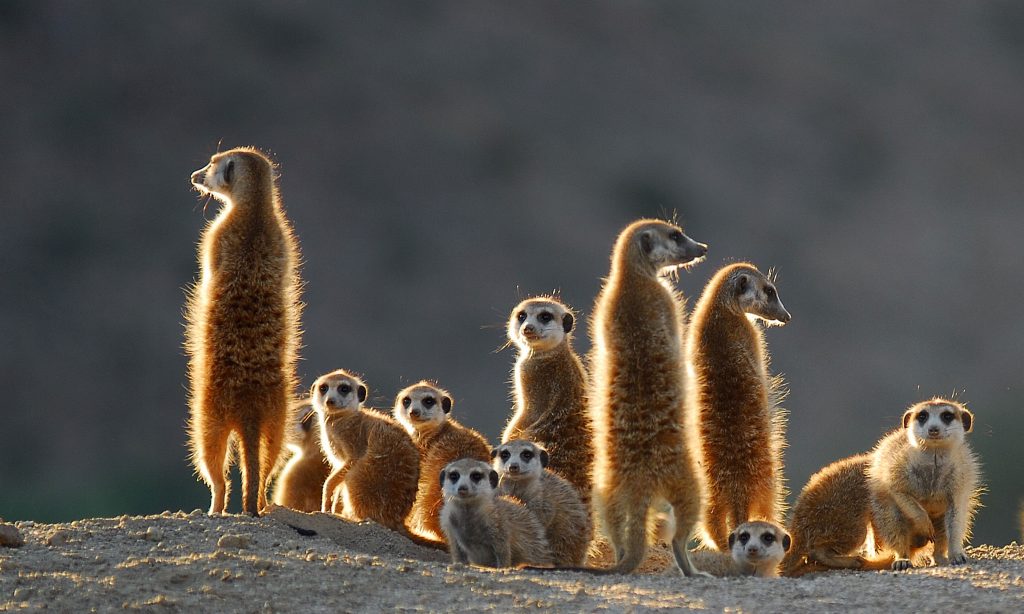Cats, those graceful and agile creatures, are renowned for their extraordinary sense of balance. From tightrope-walking along narrow fences to executing gravity-defying leaps, the feline prowess in maintaining equilibrium is nothing short of awe-inspiring. The key to their remarkable balance lies in a combination of anatomical features, evolutionary adaptations, and finely tuned sensory abilities.
1. Tail as a Counterbalance: Nature’s Stabilizer
The cat’s tail serves as a natural counterbalance, playing a pivotal role in maintaining equilibrium during various movements. Whether executing a high jump or navigating a narrow surface, the tail sways rhythmically, adjusting its position to counteract shifts in the cat’s body weight. This dynamic use of the tail is a testament to the evolutionary refinement that enhances a cat’s stability.
2. Muscular Precision: Coordinated Movements
Cats possess an exceptional degree of muscular precision, allowing them to execute coordinated movements with remarkable finesse. Their muscular system is finely tuned to respond rapidly and efficiently to signals from the brain, enabling them to make split-second adjustments to maintain balance. This innate muscular control is especially evident during activities such as climbing, leaping, and landing.
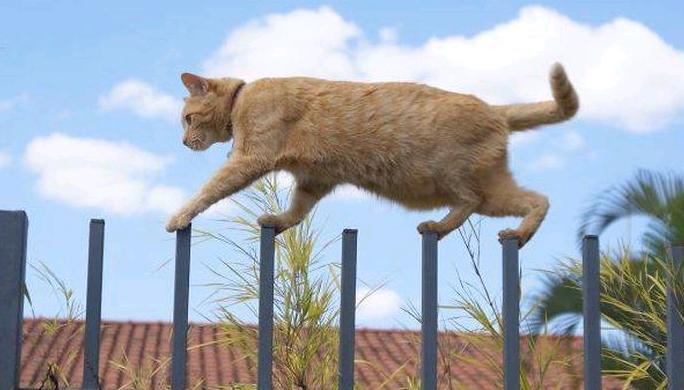
3. Inner Ear Mastery: The Vestibular System Advantage
The inner ear, specifically the vestibular system, plays a crucial role in a cat’s ability to perceive and respond to changes in orientation and movement. This sensory apparatus provides real-time feedback to the brain, allowing the cat to make swift adjustments to its body position. Cats can instinctively level themselves during falls or twists, showcasing an unparalleled mastery of their vestibular system.
4. Flexible Spine: Bending with Grace
The spine of a cat is a marvel of flexibility. Unlike some other animals, a cat’s spine is remarkably supple, allowing for a wide range of motion. This flexibility contributes to their ability to twist, turn, and land on their feet, even when subjected to unexpected changes in their environment. A cat’s spine acts as a kinetic chain, absorbing and redirecting forces to maintain stability.
5. Paw Sensitivity: Tactile Feedback
The sensitive nature of a cat’s paws enhances their ability to detect changes in surface textures and maintain balance. Each paw is equipped with specialized receptors that provide tactile feedback, allowing cats to assess the stability of the terrain beneath them. This heightened sense of touch enables them to make rapid adjustments, ensuring surefootedness in various environments.
6. Evolutionary Adaptations: Surviving in the Wild
Cats’ exceptional balance can be traced back to their evolutionary history. As natural hunters and agile predators, balance was a critical adaptation for survival in the wild. The ability to navigate diverse terrains with precision gave cats a distinct advantage when pursuing prey or escaping potential threats. Over generations, these adaptive traits became ingrained in their genetic makeup.
In conclusion, the unparalleled balance of cats is a harmonious interplay of evolutionary adaptations, anatomical features, and sensory prowess. Their ability to maintain equilibrium during complex movements, leaps, and climbs showcases the elegance of nature’s design. Whether prowling the savannah or gracefully perched on a windowsill, cats embody a symphony of biological marvels that continue to captivate and intrigue those fortunate enough to witness their feats of balance.
